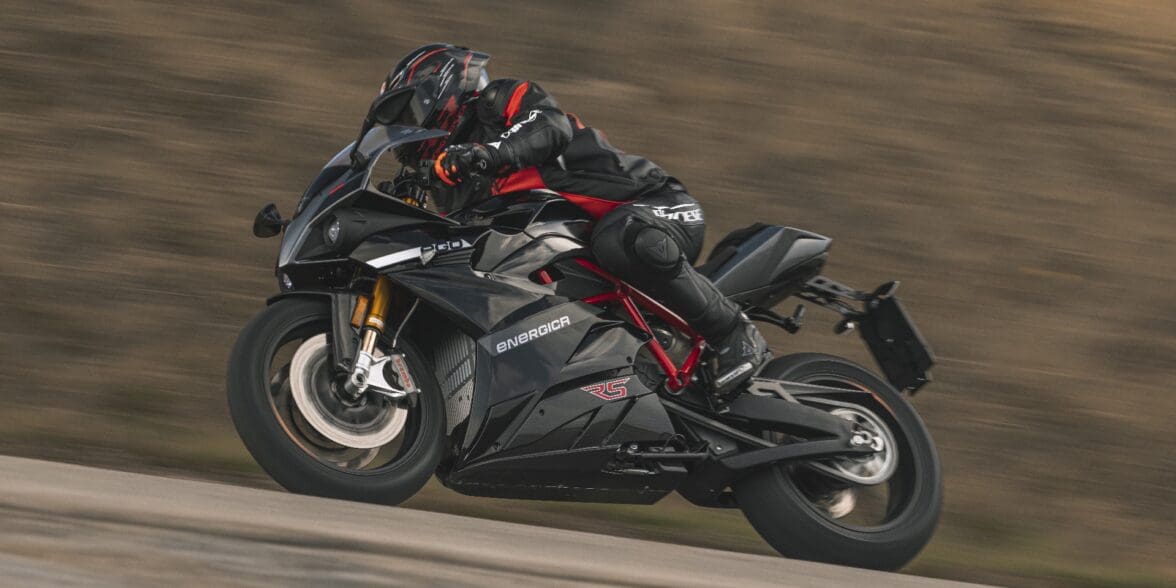You can’t go far these days without hearing about electric motorcycles. It seems like every week there is a new announcement, a bit of concept design shown off, promises of a specific bike being “the motorcycle of the future.” This is all well and good, and as we know, competition only results in good things for the consumer. There is only one problem, however: Where are the bikes?
So far, the only real success stories about electric motorcycles have come either from the e-Bike craze—with the top end ones able to reach 25 or so MPH—and a few companies with major investor backing like Zero and Energica. Promises and concept releases are great, but in today’s world, if you want to actually sell your motorcycle, you first of all have to make the damned thing!
The answer to the question of where all the electric bikes are is far more complicated than just “they’re coming,” and that is the reason we’re going to look at both the past of the electric vehicle revolution and the future of these motorcycles.
A Quick Overview of the Electric Vehicle Revolution
It might surprise many, but a lot of the first electric cars that were on the road were not made by Tesla. In fact, the earliest of early “realistic” electric cars came from companies in China, Taiwan, and a couple of companies in the UK that had serious investment money put into them. To be brutally honest, they were fairly useless, tiny, and had a range of about as far as you could throw them.
Tesla, it must be said, really was the launching point of the modern electric vehicle revolution, both before and after Elon Musk bought the company. We have to mention them here, because aggressive marketing, a “Made in the USA” stamp on the car, and the fact that the cars were able to travel between cities without needing a recharge halfway there brought forth the idea that an electric car was, in fact, viable.
Of course, to offset the initial investment, the first of those cars, the 2008 Tesla Roadster, was sold at a premium, with a base price at the time of $98,000. Ouch.
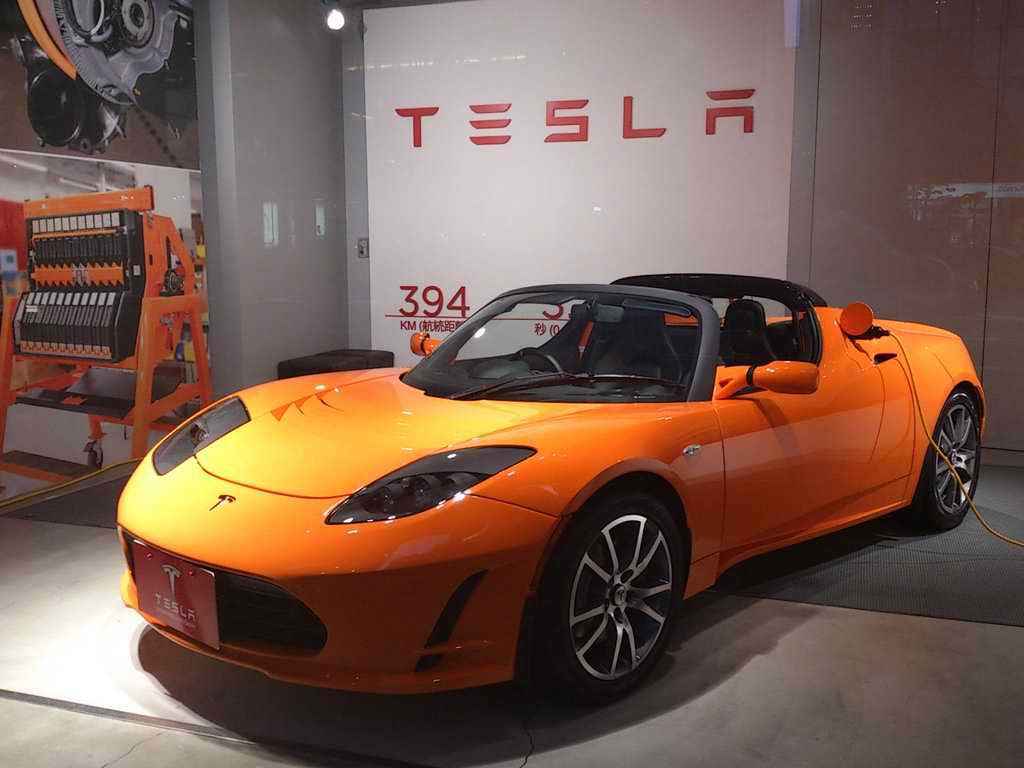
It was around this time, in 2006 and 2007, that Zero Motorcycles was founded by a former NASA engineer with the idea of taking the rapidly developing interest in the electric car and bringing that same enthusiasm to two wheels. After just over 3 years of prototyping and working through some major issues regarding battery life and the electric motor used to power the bike, Zero launched the Zero S and Zero DS in 2010.
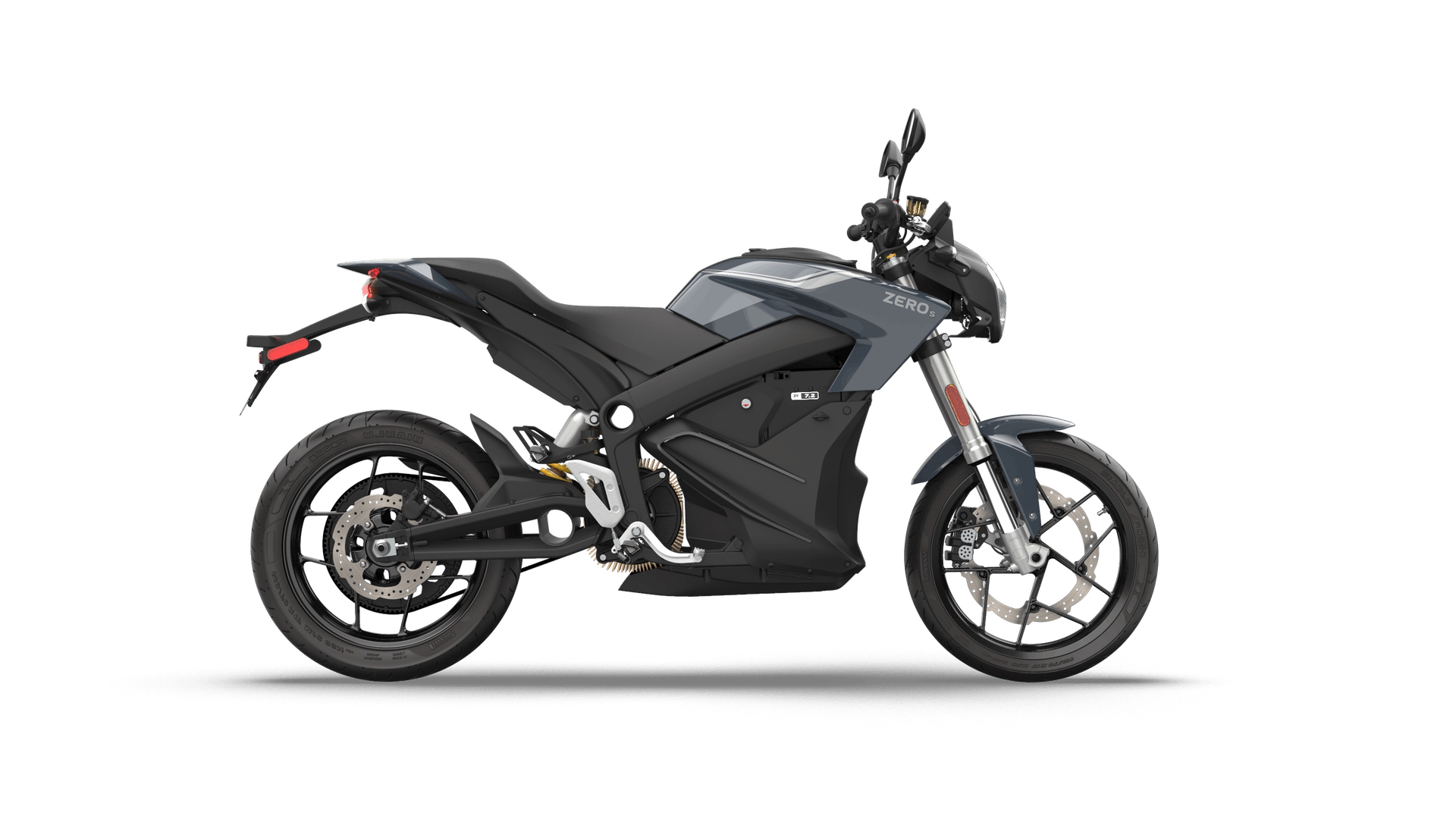
2010 seems to be when the revolution really took hold, as with the success of Tesla drawing industry attention, the big manufacturers realized that there was, in fact, a viable market for mass-produced electric cars. Two manufacturers produced what they hoped would be the first affordable family cars that were fully electric, with the Nissan Leaf and the Chevy Spark.
Both cars made sales, but nowhere near their projections or targets. The infrastructure had not yet been fully built out to support EVs as it has been over the past decade, and both cars were still quite expensive for the power and features they carried.
This made many, including those that were initially setting up competitors to Energica and Zero in the two-wheeled world, pay attention to the fact that you couldn’t just make an EV, place it on the market, and expect it to sell. What you needed was something that to this day, even now, an electric vehicle needs: people who want to buy it.
Why Many Electric Motorcycles Are Being Delayed
One of the core reasons why a lot of electric motorcycles are being delayed (or are sometimes outright failing to materialize) is that the motorcycle world is much, much more discerning than the electric automobile world. This is exemplified by one of the biggest motorcycle companies, Harley-Davidson, bringing out the LiveWire in 2019. It was announced in 2014, and while it did garner interest, most riders waited for the “important” stuff: price, power, range, and reliability.
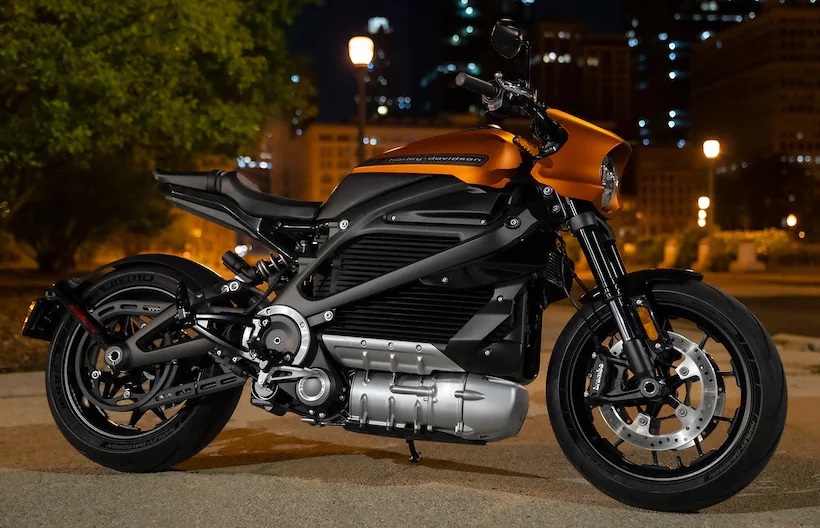
Then, when it was released, it started at $29,000, had “only” 105 equivalent HP, had a range of under 150 miles, weighed about as much as the average mountain, and took a while to recharge because initially, it wasn’t supercharger compatible. As such, it was absolutely destroyed in the motorcycle press, being labeled as a good idea executed poorly, too expensive for the price asked, and even being considered dead on arrival by a few.
The failing point was that Harley-Davidson had bet the bank on name recognition and the rapid rise of interest in electric vehicles to carry its product, and it landed with a very weak, somewhat wet splat in a marketplace then dominated by inline fours and V-twins (before being run over by the wheels of those motorcycles).
Another (and equally important) reason why a lot of electric motorcycles are being delayed is because of the one issue that soured Zero Motorcycle’s name for quite a while in the past decade: reliability. Motorcycle engines, especially V-twins, have been around for over a century, and through that time, continued interest and development have refined these engines into workhorses that, as long as you are diligent about maintenance, will last you for hundreds of thousands of miles.
Zero, however, had the misfortune of being the first out the door, and they’ve had to handle the issues that come with that distinction. Their models are at the right price point—and are, in fact, decently powerful for that price—but the misfortune of a bad production run from 2014 through part of 2015 saw nearly 50% of the bikes sold during that time needing to be replaced entirely or serviced to replace parts such as faulty batteries, poorly performing motors, burned-out control computers, and the like. The company is still recovering from that run, even 7 years later.
The third, and final, reason that electric bikes are being delayed is that electric motorcycles are inherently difficult things to make, despite the seeming simplicity of battery, motor, frame, and wheels. You are, in effect, riding an oversized laptop computer battery, and if you’ve ever popped the battery out of your computer, you’ll notice that it is a significant portion of the notebook’s overall weight. Battery packs are dense, heavy things—and as we all know, the heavier something is on a bike, the more power is needed to get that thing moving.
This isn’t quite as bad with an electric car, as those have four wheels that can be independently powered by the batteries, giving them a lot more options for power delivery. Motorcycles get power through one wheel, and only a bit of rubber the size of a credit card is what we have to work with.
There are two ways to combat this, which are to either reduce the size of the battery and sell it as a low-range motorcycle, as Zero has done with some of their models, or to accept the fact that the motorcycle is heavy and try to sell the consumer on other features. Technology is catching up to the point that things such as graphene layered batteries are on the horizon, but as it stands, if you’re looking at an electric motorcycle, you’re almost for sure signing up for something that weighs 500 lbs or more.
When Can We Realistically See Them on the Road?
We’re not meaning to be all doom and gloom here, but the electric motorcycle milestone that suddenly switches everyone’s mind over to them being a good choice is still yet to happen.
For the automotive world, that moment can honestly be pinned down to 2015, when Audi announced their electric future plans to be all EVs by 2030, Lotus Cars announced that they were developing the world’s most powerful electric hypercar (the Evija EV), and Tesla announced the Model 3 was in development for release in 2017. The moment that happened, all of a sudden the Chevy Bolt started to sell, Ford announced that an all-electric F150 was in the works, and EV development departments opened in literally every car manufacturer around the globe.
Us riders, however, are still waiting for that “ah!” moment. Things are starting to happen, such as Harley-Davidson doubling down on the LiveWire, making a spin-off subsidiary called LiveWire Motorcycles, and renaming and reworking the LiveWire into the LiveWire One. Zero has worked hard to bring their reliability record out of the dumpster it was tossed into, and folks are finally noticing that hey, their bikes actually aren’t breaking the instant you look at them.
Our Concorde moment may be extremely close, however. Energica Motorcycles has shown that supersport electric bikes are possible, and a Canadian company named Damon Motorcycles, if the promises and marketing are to be believed, have cracked the range issues that electric motorcycles have been suffering from.
The Damon Hypersport is on the horizon, they are taking reservations for it, and with a promised range (in full sport mode) of over 200 miles, it does feel like we’re teetering on the razor’s edge of “the moment.”
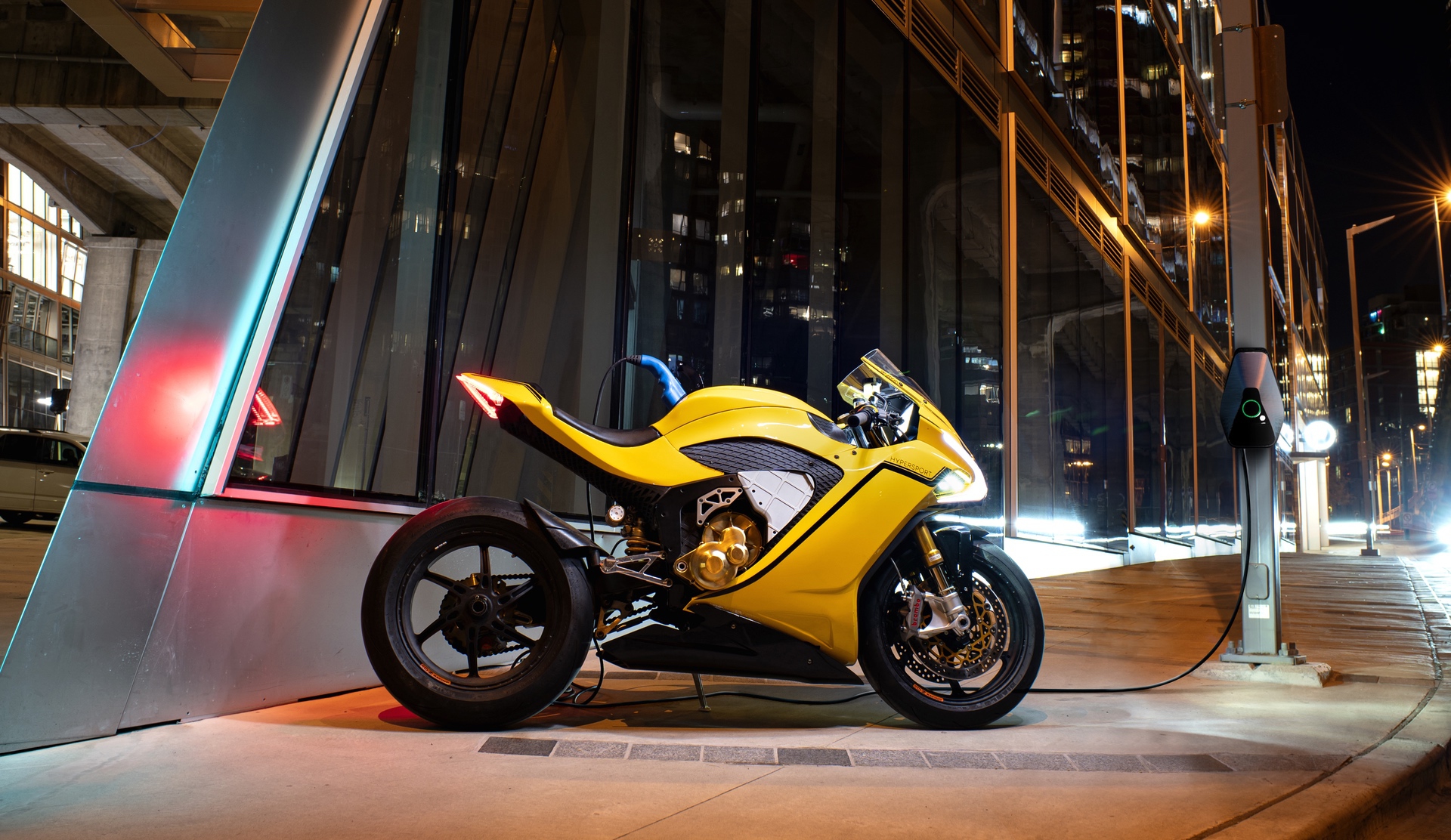
The biggest thing that Damon has done to push the boulder over the edge is that instead of suspending the battery in the frame of the bike, the battery is part of the frame (as a stressed member). This nullifies the need to have a strong support frame to carry the heavy battery, and lets the suspension tree up front (and the subframe and swingarm out back) be made of lightweight composites and alloys.
Let’s just hope that in the next year, when the Hypersport is due to be released, their claims are proven, and we can finally look forward to electric bikes that are as fast, as fun, and can go as far as our gas-drinking fun machines!


